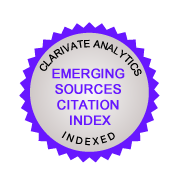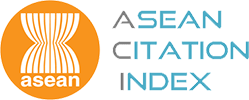Addressing Transboundary Haze Through Asean: Singapore’s Normative Constraints
Keywords:
ASEAN Way, Singapore, Indonesia, Transboundary Haze, Regional CooperationAbstract
Since 1982, Southeast Asia has experienced almost annual ‘haze’ pollution, caused by smoke from grass, forest and peat fires mostly in Indonesia. The haze affects the health of some 75 million people and the economies of six ASEAN nations. It is the region’s first transboundary environmental crisis that ASEAN is attempting to address collectively. ASEAN level interaction is often guided by the ASEAN Way, and a common debate is whether these norms constrain states from interacting effectively at the regional level. This paper will address this debate using interviews and material compiled during fieldwork in Singapore. While Singapore was one of the first countries to propose a common regional approach to the haze, this paper will illustrate how Singapore has in fact been constrained by the ASEAN Way while engaging with Indonesia and ASEAN. This is reflected in terms of its behavior at the ASEAN forum, statements made, and actions taken. As a result, Singapore has often resorted to other means of engagement, like bilateral and track-two engagement. As Singapore is one of the major ‘victims’ in this equation, this paper serves as important piece of the broader puzzle of why haze management in ASEAN has been less than effective.
Additional Files
Published
06-01-2020
How to Cite
Muhamad Varkkey, H. (2020). Addressing Transboundary Haze Through Asean: Singapore’s Normative Constraints. Journal of International Studies, 7, 83–101. Retrieved from https://e-journal.uum.edu.my/index.php/jis/article/view/7918
Issue
Section
Articles






















